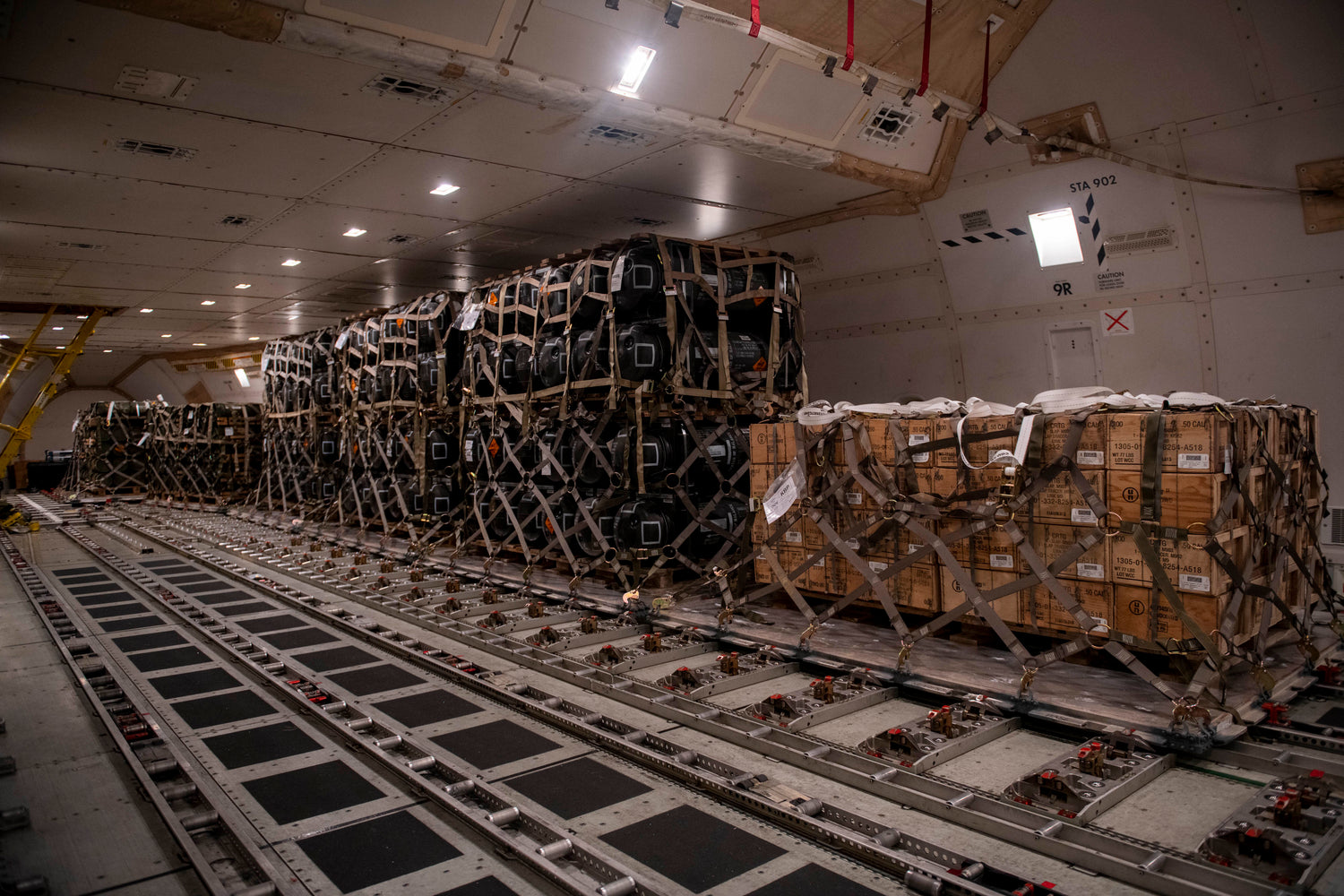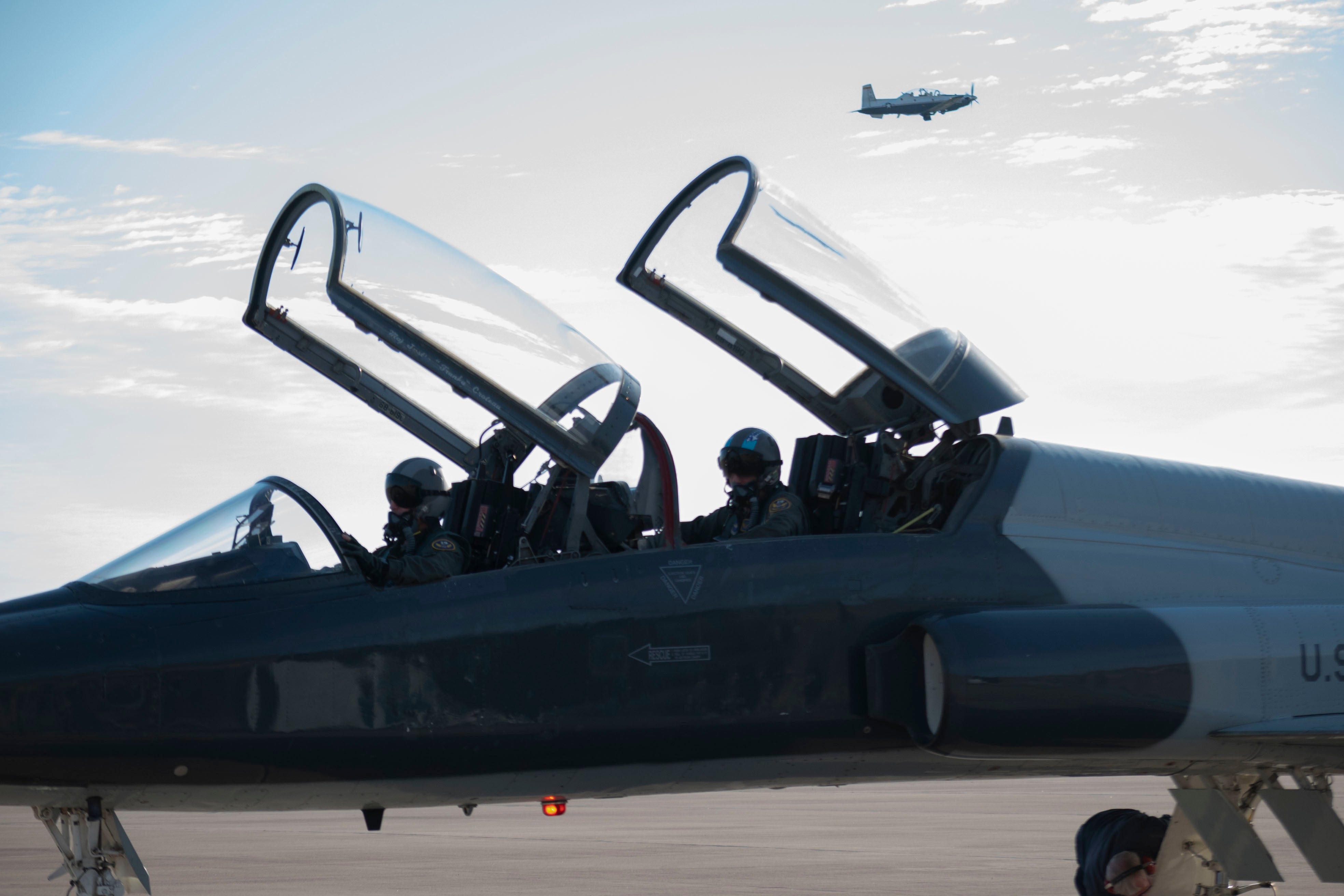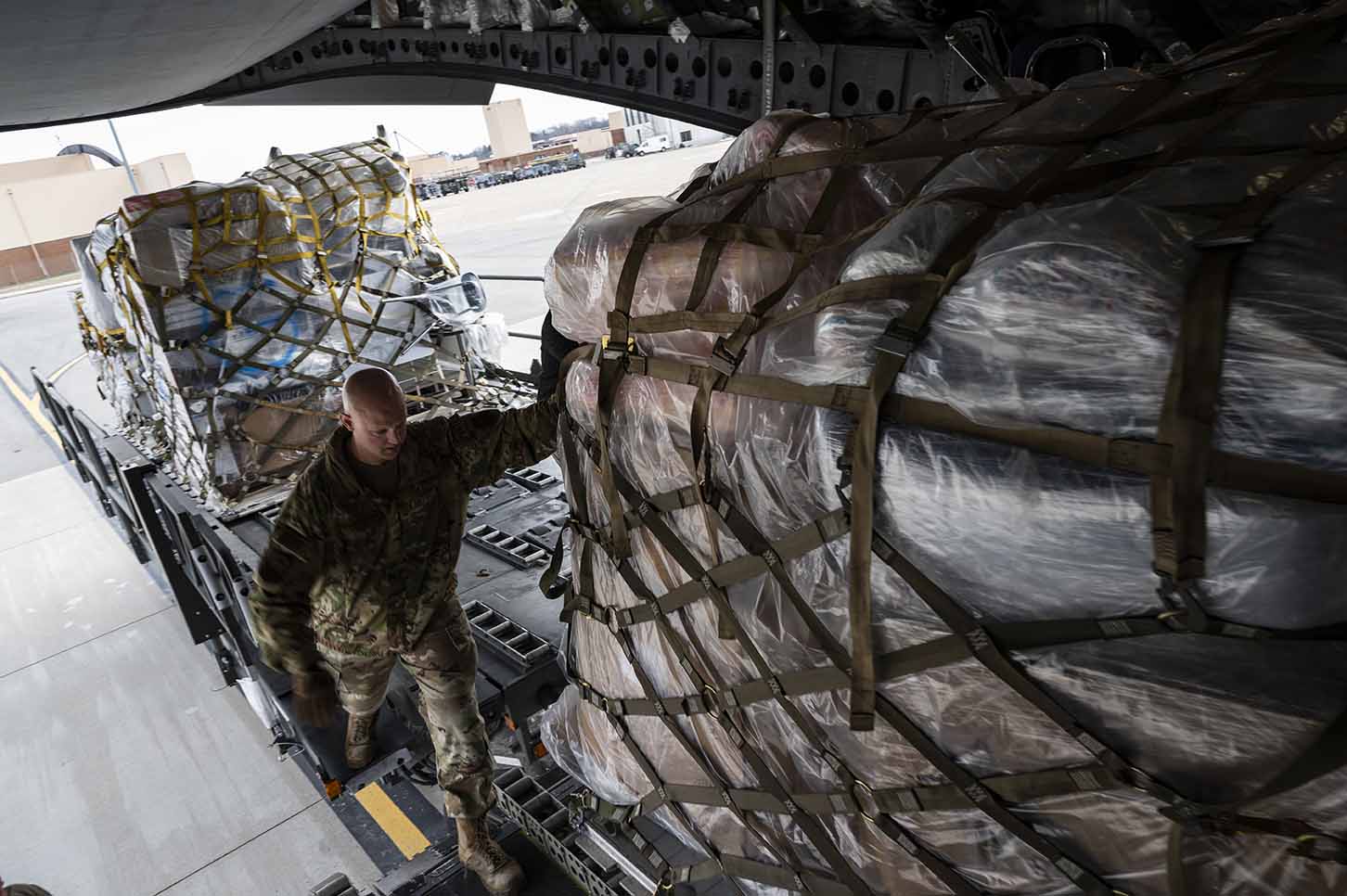Pallets of ammunition, weapons and other equipment bound for Ukraine are loaded on a plane by the 436th Aerial Port Squadron during a foreign military sales mission at Dover Air Force Base, Delaware, Jan. 24, 2022. (U.S. Air Force photo by Tech. Sgt. J.D. Strong II) Public Domain
In the unfolding chapters of the conflict in Ukraine, a stark picture emerges—one of relentless confrontation and an urgent need for munitions to sustain the fight for freedom. Air Force Lt. Gen. Leonard J. Kosinski, speaking from the vantage point of the Joint Staff logistics director, recently illuminated this pressing demand at a Hudson Institute panel in Washington, D.C. His insights, framed against the backdrop of a war that has seen no shortage of frontal assaults by Russian forces, underscore a critical aspect of modern warfare: the indispensable need for ammunition in the face of overwhelming odds.
The narrative of the Ukraine conflict, as recounted by Kosinski, is one of valor and strategic ingenuity. Ukrainian forces, despite being outmanned and outgunned, have adeptly leveraged high-end technology to counter the Russian onslaught. Yet, technology alone cannot fulfill the requirements of sustained combat operations. "Sometimes you just need bullets to be able to fight against bullets and onslaughts of folks," Kosinski remarked, highlighting a fundamental truth of warfare. This statement brings into sharp focus the reality faced on the ground in Ukraine—a reality marked by a dire need for the basic munitions required to defend against aggression.
The conversation around munitions is not merely a tactical concern but also a strategic reflection on the state of preparedness of the United States and its allies for near-peer conflicts. Kosinski's observation that the U.S. has been caught somewhat flat-footed in recent decades, with inadequate emphasis on mass production of munitions and warfighting materiel, is telling. It's a candid acknowledgment of past oversights and a rallying cry for a strategic pivot towards enhanced production capabilities. The U.S., recognizing this shortfall, is now making concerted efforts to bolster its production of munitions, not just domestically but through the collective might of its defense partners' industrial bases.
This collaborative endeavor extends beyond the shores of the United States. Jan Jires of the Czech Republic defense ministry pointed out the significant contributions made by European nations to Ukraine's military effort. Notably, a single German company's production of 155 mm artillery shells surpasses that of the entire U.S. defense industry combined. This fact is not just a testament to Europe's manufacturing capabilities but also to its unwavering support for Ukraine. The combined financial, humanitarian, and military assistance provided by Europe to Ukraine, as highlighted by Jires, has been monumental, eclipsing even that of the United States. Yet, the call to action remains clear: Europe, and indeed the global community, must do even more to support Ukraine in this existential struggle.
The urgency of Ukraine's need for weapons was further emphasized by Rebeccah Heinrichs, a senior fellow at the Hudson Institute. Heinrichs argued for the swift passage of supplemental security assistance, noting the multifaceted benefits of such aid. Beyond the immediate impact on the Ukrainian battlefield, this assistance also serves to strengthen the U.S. industrial base and, by extension, national security. Heinrichs also touched upon the broader implications of European security for the United States, framing Russia not only as an acute threat but a chronic one. This perspective reinforces the interconnectedness of security dynamics across the Atlantic, underscoring the necessity of a robust and immediate support system for Ukraine.
As we dissect the multifaceted dimensions of the conflict in Ukraine, several themes emerge. The relentless Russian strategy of frontal assaults, seemingly indifferent to the cost in human lives, sets a grim tone for the conflict. Against this backdrop, Ukraine's innovative use of technology stands out as a beacon of resilience and tactical acumen. However, the enduring lesson, as articulated by Kosinski and echoed by others, is the fundamental need for munitions—bullets to counter bullets in the most literal sense.
The strategic landscape of the conflict is also evolving, with the United States and its allies recalibrating their approach to defense production and readiness. The initiatives to ramp up munitions production and the reliance on the defense industrial base of partner nations underscore a collective commitment to supporting Ukraine. This effort is complemented by the substantial contributions from European allies, which have played a pivotal role in sustaining Ukraine's defense efforts.
As the conflict in Ukraine continues, the narrative is one of unwavering resistance against aggression, the strategic recalibration of allied support, and the universal recognition of the stakes involved. The call to action is clear: more munitions, more support, and more solidarity are needed to ensure Ukraine's survival and, by extension, the stability of the international order. In this moment of historical significance, the global community is reminded of the enduring value of unity and the imperative to stand firm in the face of tyranny.





Leave a comment
This site is protected by hCaptcha and the hCaptcha Privacy Policy and Terms of Service apply.